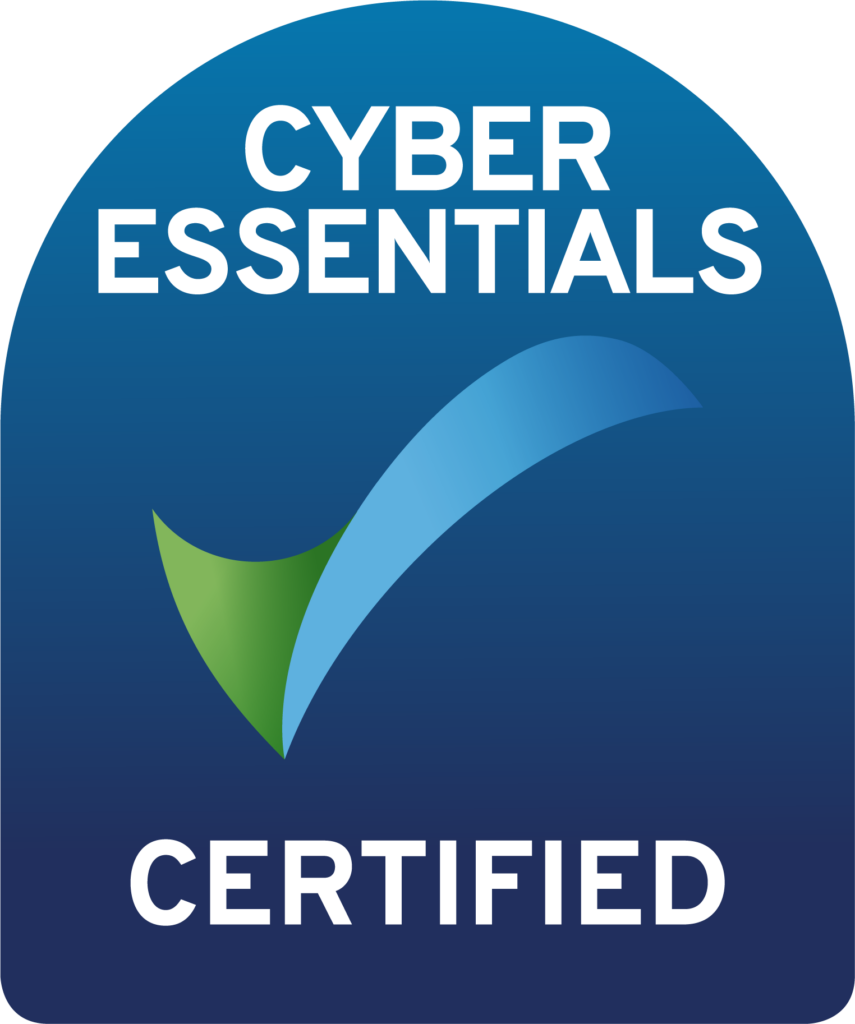
The Right Cloud Tools For The Job
I’ve been back to the classroom recently. The virtual classroom, for obvious reasons, but I’ve been learning none the less. The reason is that AWS cloud certificates expire every 3 years. This means that certified cloud architects, practitioners and specialists need to refresh their skills. Going back and consuming AWS’s product details has been useful for me, as I’m sure it is for everyone getting re-certified. Studying has given me a renewed appreciation for all the different services, and levels of service, available within the AWS platform. So this week, we’re talking about using the right cloud tools for the job.
What Certification
As with most jobs and vocations, you learn the majority of what you know while you’re working. On the job learning is important in technology too. That doesn’t mean that certification doesn’t have it’s place. After all, you wouldn’t let a gas engineer near your boiler at home without the appropriate accreditation. Doing so could put you and your family at risk. Therefore it makes sense to ensure whoever is looking after your business’s sensitive data is also appropriately certified.
Thankfully, AWS accreditations are based on real-world knowledge of the platform. They also test the academic and specific product detail learned within the courses themselves. Sitting an AWS certification exam without real-world knowledge would be super difficult, and that’s why it’s a worthwhile certification.
You can learn more about AWS certification, and what’s involved, here. We encourage clients to check this out, and to understand why hiring certified professionals is important.
What Cloud Tools
When we’re talking about cloud tools, we’re talking about all of AWS’s services. As of writing in May 2020, AWS have 175 services available in their 16 regions around the world. And within each service, there are many tiers and options which help cloud architects shape a solution exactly to the client’s needs and expectations.
For example, let’s take our old friend S3, AWS’s Simple Storage Service. Within S3 there is the standard, infrequently accessed, reduced resilience and the long-term archive options called Glacier. An end user shouldn’t have to know the difference between these storage tiers, but the platforms we build should take advantage of them. However, if the architect building the environment isn’t aware of these options, the client’s environment can’t take full advantage of what AWS, and other public cloud platforms, have to offer.
To learn more about S3 and the different storage classes, take a look at our blog post all about data retention and storage; https://beatyconsultancy.co.uk/blog/data-retention-strategy-in-the-cloud/
If Your Only Tool Is A Hammer…
… then every problem looks like a nail. And it’s true. If cloud architects aren’t kept up-to-date with the evolutions of current technologies, they will keep using the ones they know. Like most people in technology, I consume a lot of industry news. I read tonnes of articles, subscribe to lots of YouTube channels dedicated to cloud and technology, and listen to loads of podcasts. But things slip through the net, and you can’t know everything.
Of course that is true even when you are studying for re-certification; you still can’t know everything. For example, the last time I certified as a Cloud Solutions Architect, S3 Reduced Resiliency Storage (S3-RRS) was still being recommended for specific use cases. While this product is still available, and it isn’t incorrect to use it, it is being deprecated and will be removed from the S3 offering soon. In it’s place is S3 One-Zone Infrequently Accessed. And this is a fantastic example of the benefit of getting your certified professionals back in the classroom to catch up on specific new developments.
Measure Twice, Cut Once
My Dad was a BMW technician for thirty years before he retired, and I learned a lot about fixing things in general from him. Yes, cars and clouds are pretty different. But troubleshooting is a skill, and it can be taught. And while studying the AWS certification syllabus won’t give you the excellent grounding I had from my father, it does teach you a methodology for how the pieces fit together. Once you know how something works and how the pieces fit together, you can start to deconstruct the idea when something doesn’t work. That is the basis of troubleshooting.
I think AWS certification is great. It shows how much it’s barer really understands about the AWS platform. You should therefore always make sure you’re working with fully certified professionals. You can check this by asking for their digital badge and clicking the link. If they’re anything like me, they’re pretty proud of the certification, and you’ll find it on their website and professional social profiles.
Our digital badges link back to AWS, and proves that the person is currently certified. Just make sure you trust the identity of the person showing you “their” badge too.
Wish Me Luck!
So with all that said, I’d better get back to my studies! I will be sitting my exam in the next couple of weeks, and will therefore hopefully have a shiny new digital badge I can show off to everyone. Well, for another 3 years at least.


